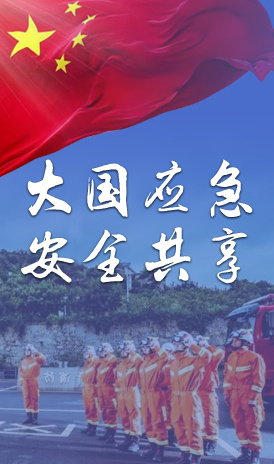
1、 Regarding the background
In 2016, our department formulated and issued the "Guidelines for the Identification of Major Accident Hazards in Dangerous Goods Port Operations" (Jiaoshuiban [2016] No. 178) (hereinafter referred to as the "Identification Guidelines"), which effectively guided the investigation and treatment of major accident hazards in dangerous goods port operations in various regions. In recent years, our department has successively revised regulations and policy documents such as the "Regulations on the Safety Management of Dangerous Goods in Ports", promoted the release of multiple mandatory national standards for port operation safety requirements, and put forward new requirements for dangerous goods port operations; At the same time, in some places during the implementation of the "Guidelines for Judgment", there have also been cases of inaccurate understanding of individual clauses, lack of targeted emphasis, and subjective expansion of recognition.
According to the Three Year Action Plan for Addressing the Root Causes of Safety Production (2024-2026) issued by the State Council Work Safety Committee and relevant deployment requirements, our department has organized research and formulated the "Criteria for Determining Major Accident Hazards in Dangerous Goods Port Operations" (hereinafter referred to as the "Criteria") based on the original "Guidelines for Determination".
2、 Main revision content
The "Judgment Standards" maintain the original framework structure of the "Judgment Guidelines", and stipulate 25 major accident hazards from five aspects: operations beyond the scope, capabilities, and deadlines, equipment and facilities that do not meet the safety requirements of operations, safety facilities that do not meet the safety requirements of operations, safety distance (spacing) that does not comply with regulations, and significant deficiencies in safety management. The main revisions are as follows.
One is to enhance the operability and practicality of the standards. Modified and improved the relevant content with weak operability in terms of fire prevention, explosion prevention, lightning protection, and anti-static.
The second is to highlight the investigation of hidden dangers in key areas. The requirements for identifying major accident hazards have been refined, with a focus on fire control rooms, central control rooms, and tank areas that constitute first and second level major hazard sources in hazardous goods workplaces.
The third is to highlight the prevention of new risks and the resolution of new problems. The relevant content has been supplemented from the aspects of the full staff safety production responsibility system, dual prevention mechanism, behavior management of personnel in high-risk operation areas, tank floating and bottom operation, and hot work operation.